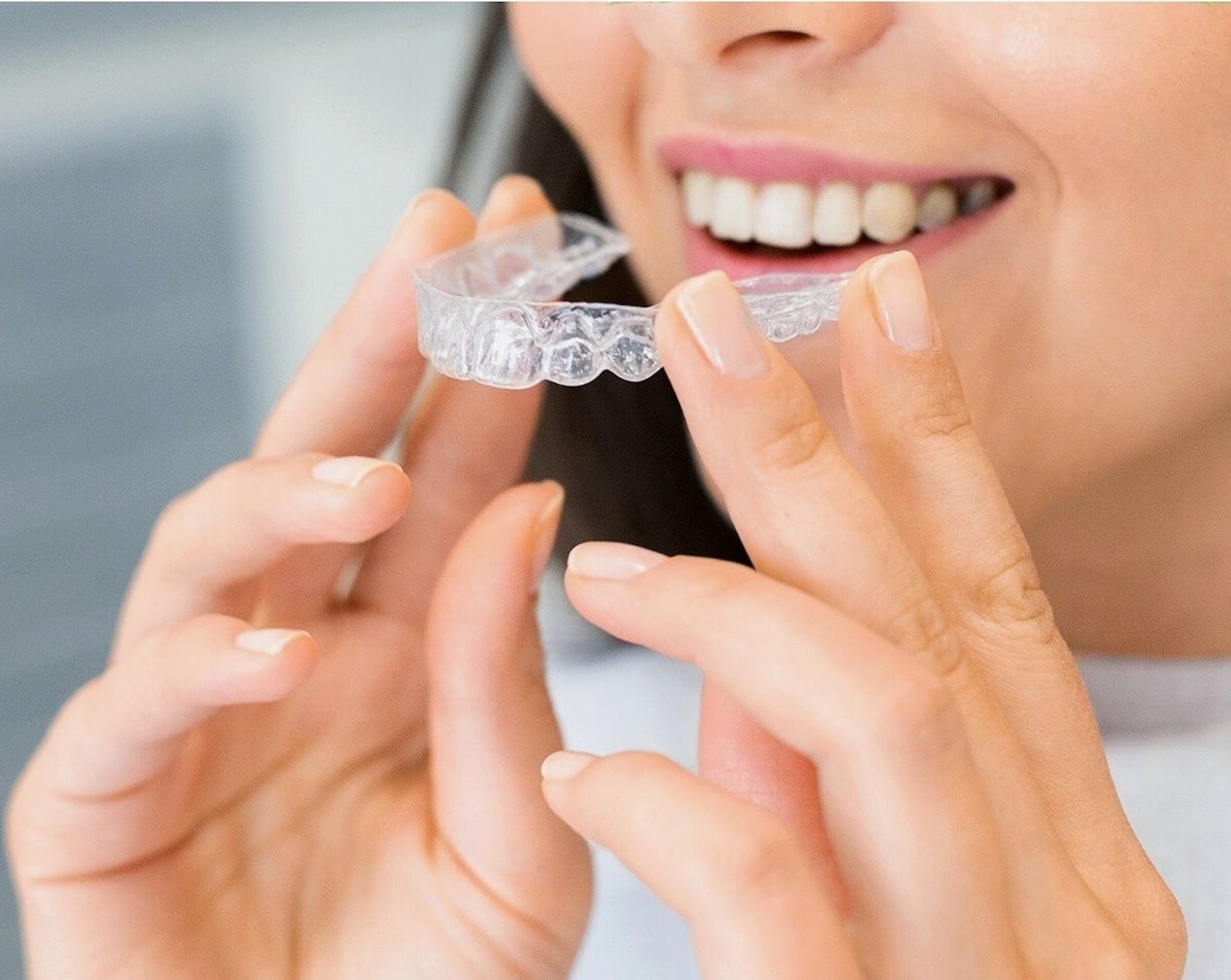
When it comes to achieving a straight and beautiful smile, orthodontic treatments are often the go-to solution. Two popular options for teeth alignment are Invisalign and braces. Each method has its unique features, benefits, and considerations. Learning the differences between Invisalign and braces can help you make an informed decision regarding your treatment.
Appearance and Aesthetics
One of the primary concerns for individuals seeking orthodontic treatment is the appearance of the appliance. Traditional braces consist of metal brackets and wires that are noticeable when you smile. Alternatively, Invisalign offers a more discreet option. These clear aligners are virtually invisible, making them a popular choice for those who wish to undergo treatment without drawing unnecessary attention. This factor is especially significant for adults or professionals seeking a more inconspicuous orthodontic solution.
Treatment Process
Braces and Invisalign follow different treatment processes. With traditional braces, orthodontists affix brackets to the teeth and connect them with wires. These wires are adjusted periodically to apply gentle pressure, gradually shifting the teeth into their desired position over time. In contrast, Invisalign treatment involves a series of removable clear aligners that are custom-made to fit your teeth perfectly. Every set of aligners is worn for approximately two weeks before being replaced with a new set, progressively guiding your teeth toward their ideal alignment.
Comfort and Maintenance
Before getting Invisalign, educate yourself on all of the care requirements and learn more about attachments so that you are not caught unaware when the time comes. Comfort is a crucial consideration when choosing your orthodontic treatment. Braces can cause discomfort due to the presence of brackets and wires, which may rub against the inside of the mouth and cause soreness. On the other hand, Invisalign aligners are made from smooth plastic, reducing the likelihood of irritation. Additionally, since Invisalign aligners are removable, they can be taken out during meals, allowing for more comfortable eating experiences. When it comes to maintenance, braces require diligent cleaning to remove food particles that get trapped in the wires and brackets. However, Invisalign aligners promote better oral hygiene because you can easily remove them for brushing and flossing.
Treatment Duration
The length of time required for braces or Invisalign treatment may vary based on individual needs, the severity of the orthodontic issues, and patient compliance with the prescribed treatment plan. In general, traditional braces often require a longer treatment period, typically ranging from 18 months to 3 years, as they offer precise control over tooth movement. Invisalign treatment typically takes around 12 to 18 months for most patients, thanks to its innovative approach of using a series of aligners to gradually shift the teeth.
Effectiveness for Various Orthodontic Issues
Both braces and Invisalign can effectively address a wide range of orthodontic issues, including overcrowding, gaps between teeth, misalignment, and bite problems. However, in certain complex cases, traditional braces may offer more strict control over tooth movement. An orthodontist in New Jersey will carefully evaluate your specific needs and recommend the most suitable treatment option based on the severity of your condition.
Lifestyle Considerations
Lifestyle factors can influence your choice between Invisalign and braces. For individuals involved in contact sports or activities that carry a higher risk of facial injuries, braces may be recommended because they provide additional protection for the teeth. In contrast, Invisalign aligners can be removed during these activities to minimize the risk of injury. Additionally, the ability to remove Invisalign aligners allows for more flexibility in dietary choices, as there are no restrictions on the types of food that can be consumed.
Cost and Insurance Coverage
The cost of orthodontic treatment is a significant consideration for many individuals. Traditional braces are often the more affordable option, as they have been in use for a longer time and have a well-established pricing structure. Invisalign treatment tends to be slightly more expensive due to its advanced technology and customization. It is essential to consult your orthodontist and inquire about insurance coverage and financing options, as they can greatly impact the overall cost of treatment.
Bottom Line
Choosing between Invisalign and braces requires careful consideration of various factors, including appearance, treatment process, comfort, maintenance, duration, effectiveness, lifestyle considerations, and cost. Consulting an experienced orthodontist will help you make a decision tailored to your specific needs. Whether you opt for Invisalign or braces, the end goal is to achieve a beautifully aligned smile and improve your oral health.


